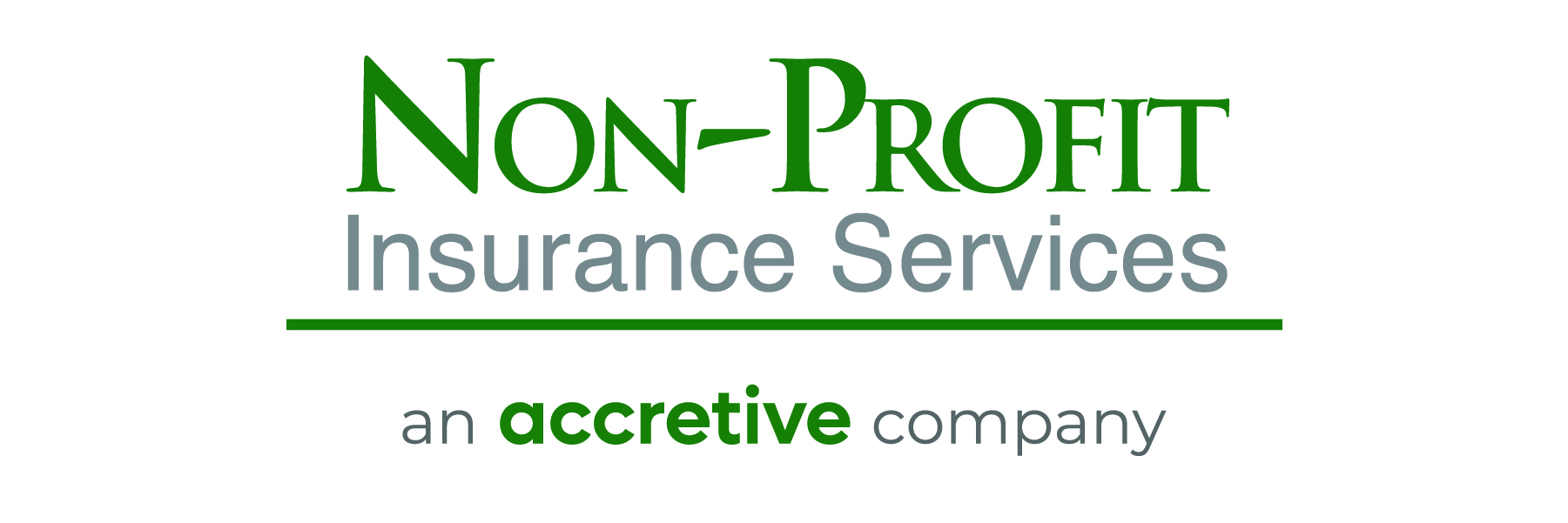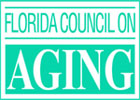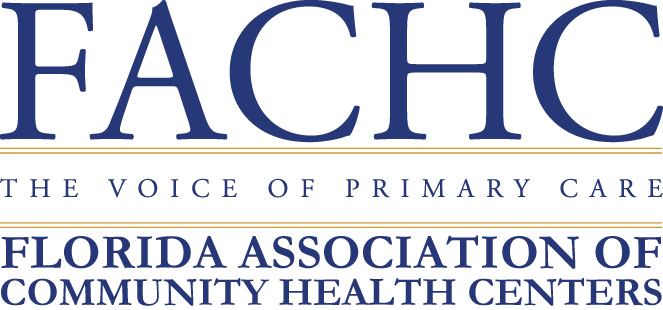Originally published on Withum
On August 24, 2020, the SBA issued a new Interim Final Rule (IFR) addressing the paycheck protection program (PPP).
This is the SBA’s 24th IFR on the PPP since the enactment of the CARES Act on March 27, 2020. The IFR addresses the ownership percentages that trigger the applicability of the owner compensation rules for purposes of loan forgiveness, and the limitations on the eligibility of certain nonpayroll costs for purposes of loan forgiveness. It is written in question and answer format, but it is separate from the 51 general FAQs and 26 FAQs on loan forgiveness that were previously issued in regard to the PPP.
The first rule is a helpful one that limits the application of the owner-employee limitations. These rules limit the amount of loan forgiveness that can be obtained for payroll costs relating to certain owner-employees. The new rule exempts from the limitation owner-employees that own less than 5% of a C or S corporation. The stated intent is to exempt owner-employees who have no meaningful ability to influence decisions over how loan proceeds are allocated.
The next rule has three subparts that limit the amount of nonpayroll expense that can be forgiven. The first subpart is that forgivable rent cannot include amounts attributable to a sub-tenant. More specifically, a borrower’s rental expense must be reduced for any amounts it receives from a sub-tenant. For example, if a borrower pays rent of $10K, but receives $3K from a sub-tenant, then it can include only $7K of rental expense on its loan forgiveness application.
Similarly, interest expense on a covered mortgage can be forgiven only to the extent it relates to the borrower’s use of the underlying property. For example, if a borrower pays interest on a covered mortgage on a building and it uses only 75% of the building, leasing out the remaining 25%, then it can include only 75% of the interest on its loan forgiveness application.If you have any questions regarding this IFR, please contact a member of Withum’s SBA Financial Assistance Services Group.
The last subpart addresses borrowers that work out of their home. For these borrowers, nonpayroll costs eligible for forgiveness include only those costs that were deductible on their 2019 tax returns, or for new businesses, that will be deductible on their 2020 tax returns. Also, borrowers engaged in home-based businesses cannot include household expenses on their loan forgiveness applications.
The third and final rule addresses related party payments for rental and interest expenses. Rental payments to a related party are eligible for forgiveness if (i) the amount of rent does not exceed the amount of mortgage interest owed on the property during the covered period that is attributable to the space being rented and (ii) the lease and mortgage were both in effect prior to February 15, 2020. No definition of related parties is given in the IFR, but it states that related parties include any common ownership between the borrower and the property owner. The IFR also states that a borrower must provide to its lender the related party’s mortgage interest documentation as part of the borrower’s loan forgiveness application. The SBA left unstated if rental expenses can be forgiven if there is no mortgage on the underlying property.
In a surprising twist, the IFR states that mortgage interest payments to a related party are not eligible for forgiveness. The IFR announces this rule even though it provides no authority to support the distinction between related party rental payments and related party interest payments.









